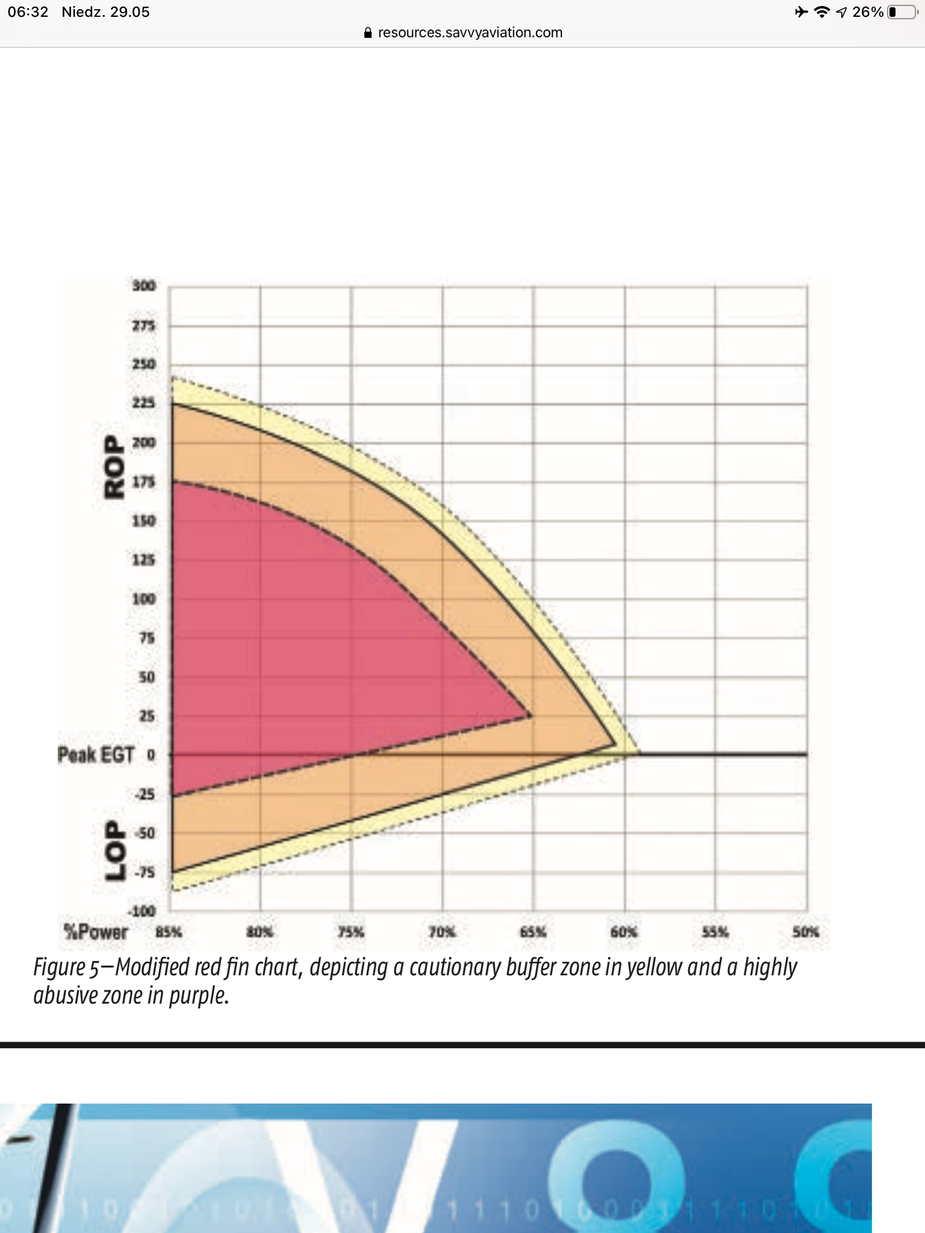These are widely used in “hacked” performance cars e.g.

but I have not seen one in GA. However I came across this one from an old panel pic

The name “KOGO” ? doesn’t google to anything.
What sort of sensor(s) do these use?
A car one might get cleared for a Permit aircraft. Do they require fuel injection or would they work with a carb?
AFR indicators have already been discussed in different forums such as here: AFR Install
I wondered if anyone in Europe / on EuroGA has installed one. Apart from the above photo, I’ve never seen one. It might be a quicker way to lean than looking for peak EGT.
Peter wrote:
than looking for peak EGT
I’ve stopped leaning for peak EGT. I lean looking for fuel consumption. Every other flight I confirm that my settings are fine by checking the EGT and engine roughness, but it has become secondary.
But this discussion brings another idea to my mind. Shouldn’t one be able to simply calculate air/fuel ratio by using manifold pressure and actual fuel burn rate? One could prepare a table. Say, for example, for 20" Hg MP set 8.5 GPH. Or something.
That should bring exactly the information. OK, one could feed the information about manifold pressure together with fuel flow to a display like you posted it. Or am I wrong? Would be eager to know that, because then I would start to create a spreadsheet for peak / LOP values…then you can prepare on ground or during climbout the set values for cruise without “try and error”. Just MP and FF and that’s it.
UdoR wrote:
I lean looking for fuel consumption.
So do I – using the TiT (in my plane leaning is done by TiT not EGT) just for cross checking. Peter wrote:
What sort of sensor(s) do these use?
In cars they use the air mass sensors that are typically thermal anemometers – one needs to think a bit if they still work in air that has substantially lower pressure than standard…
You would need 4 or 6 of them – for every cylinder separately. Im afraid that instrument which could integrate 6 sensors does not exist.
It is probably easier and cheaper to use the old style egt sensors instead.
Well, I can tell you that photo I posted is from a panel of a Lancair 320…
not sure if an AFR is of any help. The only advantage over an EGT indicator is a direct read iso of having to wait for an EGT to stabilise.
And now we are back to all the differences between equipment… most of the gals/guys here on EuroGA are flying Lycontisaurus equipped with either carb or injection, and mags. Operating LOP is difficult, if at all possible to achieve on those. Electronic ignition is a must for LOP operation.
Owning an aircraft offers the advantage of intimacy  Having set the black and blue levers where I want them to be, the red lever is then pulled to where I know will be the desired setting. Yes, this physical position is known as it is +/-5mm the same for every flight on the same power demand. This is then crosschecked against FF. Knowing what FF to expect on take-off, climb, cruise and descent, with a predetermined target power setting obviously helps.
Having set the black and blue levers where I want them to be, the red lever is then pulled to where I know will be the desired setting. Yes, this physical position is known as it is +/-5mm the same for every flight on the same power demand. This is then crosschecked against FF. Knowing what FF to expect on take-off, climb, cruise and descent, with a predetermined target power setting obviously helps.

The problem is that some very knowledgeable guys made tests with engines equipped with inter cylinder pressure sensors and came to conclusions where and where not to run the old style Lycos/Contis.
Those numbers are related in degrees rich or lean from peak egt.
You would need to make new tests to translate it into AFR values.
And again as they say our 6 cylinder Lycosaurus is in fact 6 separate engines – each cylinder working in different conditions (afr, cht etc..) so there is nothing good in installing just one sensor (egt, cht or afr).